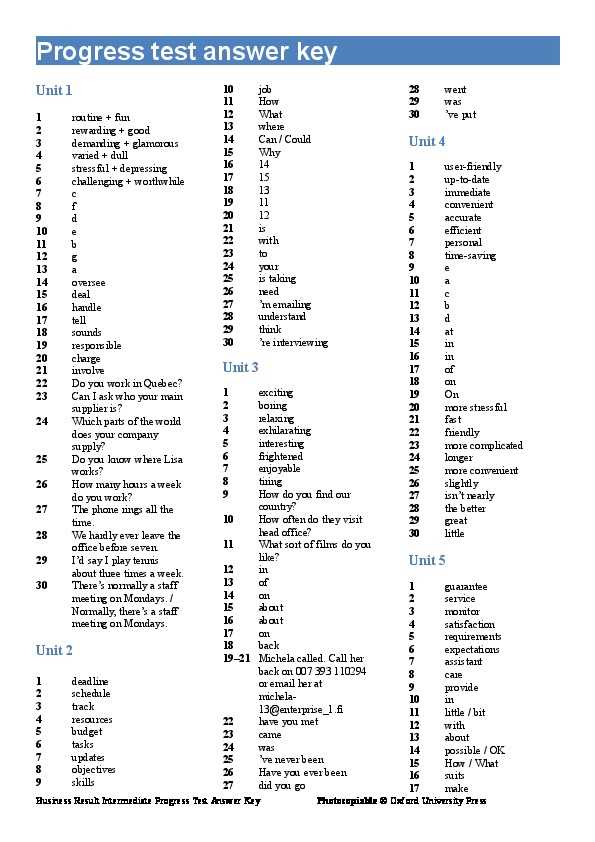
Are you ready to dive into the history of the Pacific Campaign? This webquest answer key will provide you with all the necessary information to understand this crucial chapter of World War II. The Pacific Campaign was a major military offensive fought between the Allied forces, primarily led by the United States, and the Empire of Japan.
The campaign was marked by a series of naval battles, island hopping operations, and intense aerial warfare. The Allied forces aimed to regain control of strategic islands in the Pacific, such as Guadalcanal, Iwo Jima, and Okinawa, while weakening Japan’s military capabilities. Through a series of coordinated attacks and amphibious landings, the Allies gradually advanced towards the Japanese mainland.
One of the key turning points of the Pacific Campaign was the Battle of Midway, where the United States dealt a significant blow to the Japanese Navy, crippling their carrier fleet. This battle proved to be a strategic victory for the Allies, as it halted Japan’s expansion and shifted the balance of power in the Pacific in favor of the United States.
The Pacific Campaign: A Webquest Answer Key
In the Pacific Campaign during World War II, the United States and its allies fought against the forces of Japan. This webquest provides an answer key to help understand the key events and strategies of the Pacific Campaign.
The Attack on Pearl Harbor
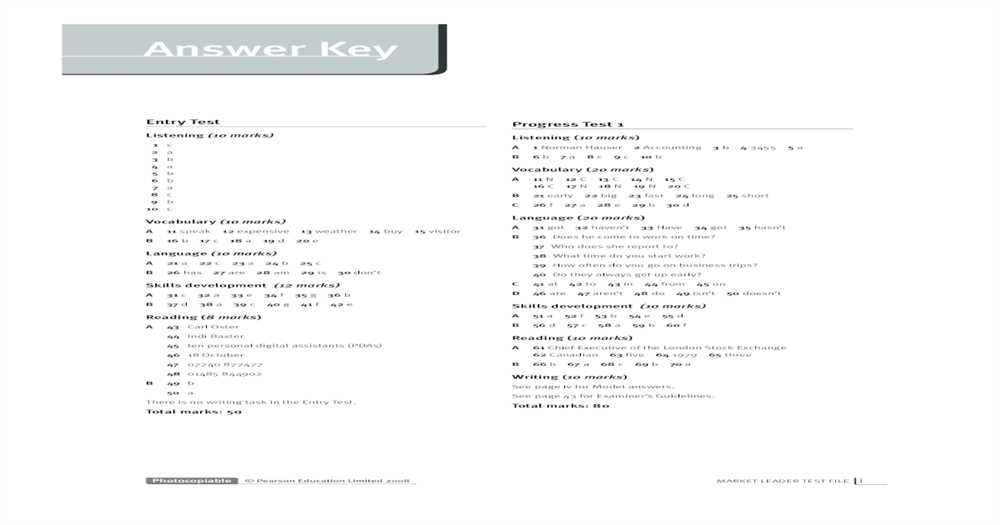
The Pacific Campaign began on December 7, 1941, with the surprise attack on Pearl Harbor by the Japanese Navy. This attack resulted in the destruction of several American battleships and aircraft, and the loss of many lives. It was a major turning point in the war as it led to the United States’ entry into World War II.
- Questions:
- What was the date of the attack on Pearl Harbor?
- How did the attack impact the United States?
The answers to the questions are as follows:
- Answers:
- The attack on Pearl Harbor occurred on December 7, 1941.
- The attack resulted in the United States’ entry into World War II.
The Island Hopping Strategy
After the attack on Pearl Harbor, the United States implemented the island hopping strategy. This strategy involved capturing key islands in the Pacific to use as bases for further attacks on Japan. The famous battles of Guadalcanal, Iwo Jima, and Okinawa were part of this strategy.
- Questions:
- What was the purpose of the island hopping strategy?
- Can you name some of the key battles in the island hopping campaign?
The answers to the questions are as follows:
- Answers:
- The purpose of the island hopping strategy was to capture key islands to use as bases for further attacks on Japan.
- Some of the key battles in the island hopping campaign were Guadalcanal, Iwo Jima, and Okinawa.
This webquest answer key provides an overview of the key events and strategies of the Pacific Campaign during World War II. It helps to understand the significance of the attack on Pearl Harbor and the implementation of the island hopping strategy in the Allied effort to defeat Japan.
Understanding the Pacific Campaign
The Pacific Campaign was a major military operation during World War II that took place in the Pacific Theater of Operations. It involved the Allied forces, primarily led by the United States, in a series of battles against the Japanese Empire. The campaign aimed to secure strategic islands and territories in the Pacific Ocean and ultimately defeat Japan.
The Pacific Campaign was characterized by intense naval and aerial warfare, as well as amphibious assaults on Japanese-held islands. The campaign consisted of several major battles, including the Battle of Midway, Guadalcanal Campaign, and the island-hopping strategy. These battles were crucial in shifting the balance of power in the Pacific and gradually pushing the Japanese forces back.
The Battle of Midway was a turning point in the Pacific Campaign. In June 1942, the United States Navy successfully intercepted and defeated a Japanese fleet, sinking four aircraft carriers and several other ships. This victory weakened the Japanese Navy and marked the beginning of a series of defeats for the Japanese forces. The Guadalcanal Campaign followed shortly after, where the Allied forces fought to gain control of the island of Guadalcanal. The campaign lasted for several months and resulted in a decisive Allied victory.
To achieve their goals, the Allies adopted a strategy known as “island-hopping.” This strategy involved bypassing heavily fortified Japanese-held islands and instead targeting strategically important but less fortified islands. The goal was to establish airfields and military bases on these islands to support further advances and isolate the remaining Japanese forces. This strategy proved to be effective in gradually weakening and isolating Japanese forces in the Pacific.
The Pacific Campaign was marked by fierce fighting, extreme conditions, and countless acts of heroism by soldiers and sailors on both sides. It was a pivotal moment in World War II and played a significant role in the ultimate defeat of Japan. The campaign demonstrated the effectiveness of naval and aerial power, as well as the importance of tactical planning and execution in military operations. Overall, the Pacific Campaign serves as a testament to the determination and bravery of the Allied forces in the face of a formidable enemy.
Key Events and Battles
During the Pacific campaign of World War II, several key events and battles took place that shaped the outcome of the war in the Pacific. These events were crucial in determining the course of the conflict and the eventual victory of the Allied forces.
The Attack on Pearl Harbor (1941)
The Pacific campaign began with the infamous attack on Pearl Harbor on December 7, 1941. Japan launched a surprise attack on the United States Pacific Fleet, causing significant damage and casualties. This attack propelled the United States into the war and marked the beginning of the Pacific theater.
The Battle of Midway (1942)
The Battle of Midway was a turning point in the Pacific campaign. Taking place from June 4-7, 1942, this naval battle was fought between the United States and Japan. The United States successfully intercepted and defeated the Japanese fleet, sinking four Japanese aircraft carriers and destroying numerous aircraft. This victory not only halted the Japanese expansion in the Pacific but also greatly weakened their naval power.
The Battle of Guadalcanal (1942-1943)
The Battle of Guadalcanal was a major offensive launched by the Allied forces against the Japanese. Lasting from August 1942 to February 1943, this battle was fought on land, sea, and air for control of the strategic island of Guadalcanal. Despite heavy resistance from the Japanese, the Allied forces ultimately emerged victorious, establishing a crucial foothold in the Pacific and paving the way for further Allied advances.
The Battle of Iwo Jima (1945)
The Battle of Iwo Jima was one of the bloodiest battles of the Pacific campaign. Fought from February 19 to March 26, 1945, this battle was a major offensive launched by the United States against the Japanese-held island of Iwo Jima. The United States Marines faced fierce resistance from the entrenched Japanese forces, but ultimately succeeded in capturing the island. The strategic importance of Iwo Jima as an airbase played a significant role in the Allied advance towards Japan.
The Battle of Okinawa (1945)
The Battle of Okinawa was the last major battle of the Pacific campaign. Fought from April 1 to June 22, 1945, this battle was a joint effort by the Allied forces to capture the strategic island of Okinawa, located close to Japan. The battle was fiercely contested, with heavy casualties on both sides. The capture of Okinawa provided the Allies with a launching point for the planned invasion of Japan, which was ultimately averted due to the dropping of the atomic bombs.
Overall, these key events and battles played a vital role in shaping the outcome of the Pacific campaign. The courage and sacrifice of the Allied forces, combined with strategic victories, ultimately led to the defeat of Japan and the end of World War II in the Pacific.
Major Players in the Pacific Campaign
United States: The United States played a central role in the Pacific Campaign, as it was the country leading the Allied forces against the Japanese Empire. Following the attack on Pearl Harbor in 1941, the United States declared war on Japan and committed significant resources to the war effort in the Pacific. The United States Navy, led by Admiral Chester Nimitz, played a crucial role in several key battles, such as the Battle of Midway and the Battle of Leyte Gulf. The United States also relied on its Marine Corps, which conducted amphibious landings and fought in brutal battles across the Pacific islands.
Japan: Japan, under the control of Emperor Hirohito, was the main aggressor in the Pacific Campaign. Japan sought to establish its dominance in the Asia-Pacific region and launched a surprise attack on the United States Pacific Fleet at Pearl Harbor, Hawaii, on December 7, 1941. Japan’s military, led by General Hideki Tojo, controlled a vast empire that extended from mainland Asia to tiny islands in the Pacific. The Japanese forces were known for their fierce fighting spirit and were skilled in naval warfare. However, as the Pacific Campaign progressed, Japan’s resources and manpower became increasingly stretched, leading to their eventual defeat.
Australia: Australia was a key player in the Pacific Campaign as it provided a strategic base for the Allied forces. Australian troops fought alongside American forces in several major battles, including the Battle of Guadalcanal and the Battle of Coral Sea. Australia also played a crucial role in intelligence gathering and providing supplies and support to the Allied forces. The Australian Army and Air Force made significant contributions to the war effort in the Pacific, and their involvement helped to secure victory for the Allies.
China: China, under the leadership of Chiang Kai-shek, was also an important player in the Pacific Campaign. China had been at war with Japan since 1937 and faced brutal Japanese aggression on its mainland. Despite being heavily outnumbered and outgunned, Chinese forces put up a determined resistance and tied down significant Japanese troops. China’s resistance and sacrifice were crucial in diverting Japanese resources away from other fronts, thereby aiding the Allied war effort in the Pacific.
Other Allied Forces: While the United States, Japan, Australia, and China were the major players in the Pacific Campaign, other Allied forces also made important contributions. These included British Commonwealth countries such as Canada, New Zealand, and India, as well as smaller nations like the Philippines and the Netherlands. These countries provided troops, resources, and bases that were essential to the Allied war effort in the Pacific.
Weapons and Strategies
In the Pacific campaign during World War II, both the Allied and Japanese forces employed a variety of weapons and strategies to gain the upper hand in battle. The nature of the war in the Pacific, with its vast expanses of ocean and remote islands, required different tactics and specialized weaponry compared to the European theater.
Naval Weapons: The Pacific campaign was characterized by intense naval battles, with aircraft carriers playing a crucial role. The Japanese relied heavily on their aircraft carriers, such as the Akagi and the Kaga, to launch devastating aerial attacks on Allied ships. In response, the Allies developed aircraft carriers of their own, such as the USS Yorktown and USS Enterprise, and used them to launch air strikes against Japanese forces. These carriers allowed both sides to project air power over long distances and to quickly respond to changing battlefield conditions.
Submarines and Torpedoes:
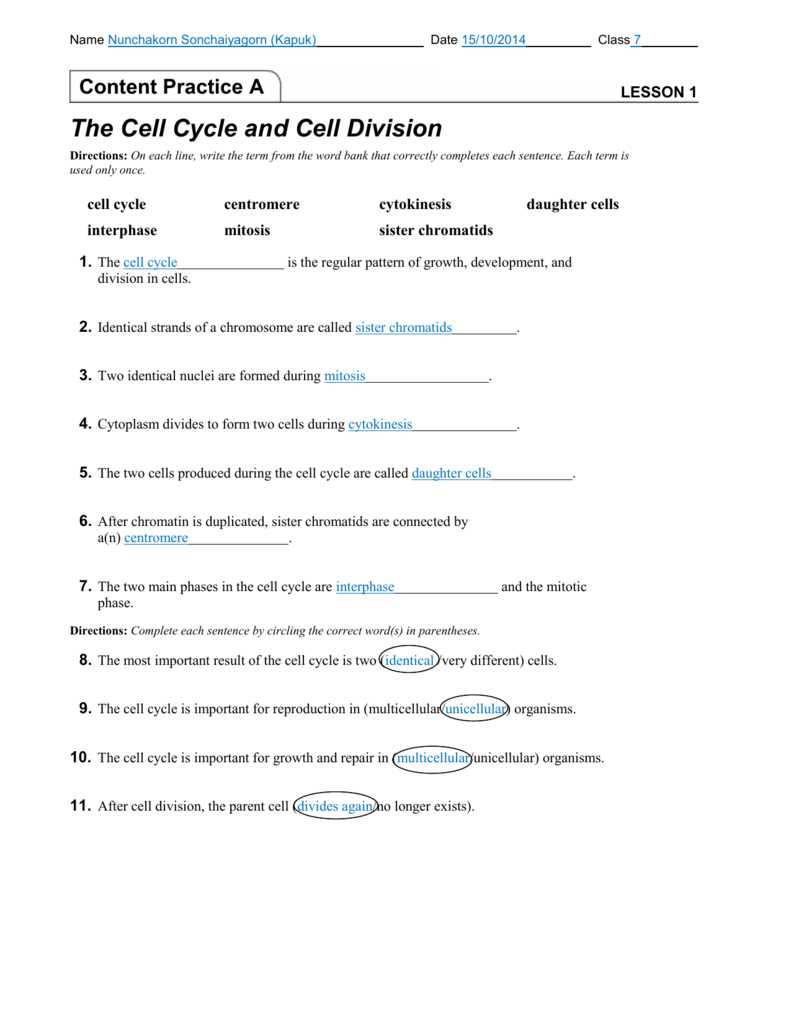
The use of submarines was another important strategy in the Pacific campaign. Both the Allied and Japanese forces deployed submarines to attack enemy shipping and disrupt supply lines. The stealthy nature of submarines made them effective at launching surprise attacks. The submarines were armed with torpedoes, which were powerful underwater missiles that could sink enemy ships. Torpedo attacks proved to be a significant threat to both sides, and submarines were used for reconnaissance and intelligence gathering as well.
Island-Hopping Strategy:
The Allied forces adopted the “island-hopping” strategy in the Pacific campaign, which involved capturing key islands and airfields to gradually advance towards Japan. This strategy allowed the Allies to bypass heavily fortified Japanese strongholds and cut off their supply lines. The capture of strategic islands, such as Guadalcanal and Iwo Jima, provided bases for launching further attacks and stepping stones for the eventual invasion of Japan. The island-hopping strategy was successful in gradually weakening Japanese defenses and isolating their forces.
In conclusion, the Pacific campaign during World War II required unique weapons and strategies due to the geographical challenges of the region. Naval battles, submarines, and the island-hopping strategy were all key elements in the fight for control of the Pacific. These tactics and weapons played a critical role in shaping the outcome of the campaign and ultimately led to the Allied victory in the Pacific theater.
Impact on World War II
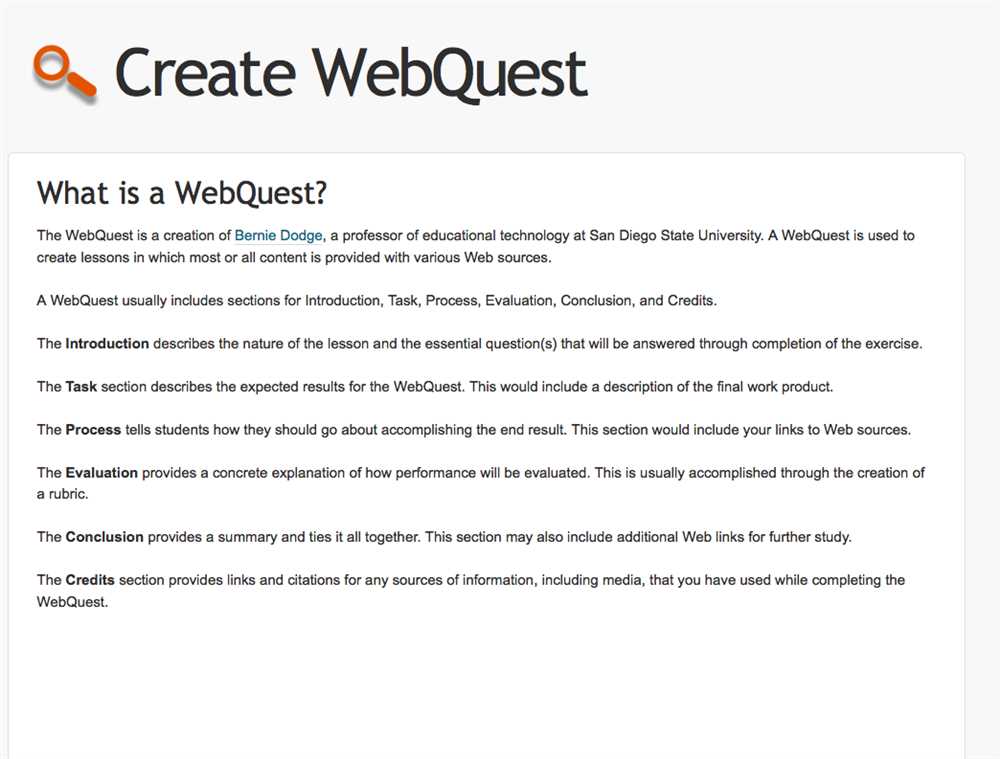
The Pacific Campaign played a significant role in World War II, shaping the outcome of the war and leaving a lasting impact on the world. From the attack on Pearl Harbor to the battle of Okinawa, the Pacific theater witnessed intense fighting and strategic maneuvers that forever changed the course of history.
One of the key impacts of the Pacific Campaign was the defeat of Japan by the Allied forces. The relentless assaults on Japanese-held islands, such as Iwo Jima and Guadalcanal, weakened the Japanese military and eventually led to their surrender in 1945. The use of atomic bombs on Hiroshima and Nagasaki further demonstrated the devastating power of modern warfare, prompting Japan to finally give in.
The Pacific Campaign also showcased the importance of naval and air power in modern warfare. The battle of Midway, for example, marked a turning point in the war as the United States Navy successfully halted Japan’s expansion in the Pacific. The use of aircraft carriers and fighter planes proved to be crucial in controlling the vast oceanic region and launching strategic attacks on enemy positions.
Additionally, the Pacific Campaign highlighted the bravery and sacrifices of the soldiers who fought in the war. The harsh conditions, brutal battles, and staggering casualties endured by both the Allied and Japanese forces serve as a reminder of the human toll of war. The stories of heroism and resilience from the Pacific theater continue to be celebrated and remembered today.
Key Takeaways:
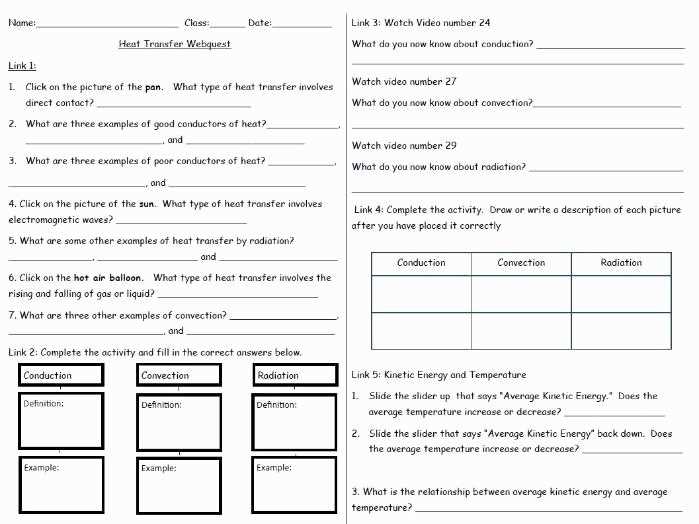
- The Pacific Campaign led to the defeat of Japan and their subsequent surrender.
- The use of atomic bombs on Hiroshima and Nagasaki played a pivotal role in ending the war.
- The importance of naval and air power in modern warfare was demonstrated during the campaign.
- The Pacific Campaign highlighted the bravery and sacrifices of the soldiers involved.
In conclusion, the Pacific Campaign had a profound impact on World War II, contributing to the outcome of the war and shaping the future of global politics. The lessons learned from this theater of war continue to influence military strategies and serve as a reminder of the horrors of conflict.